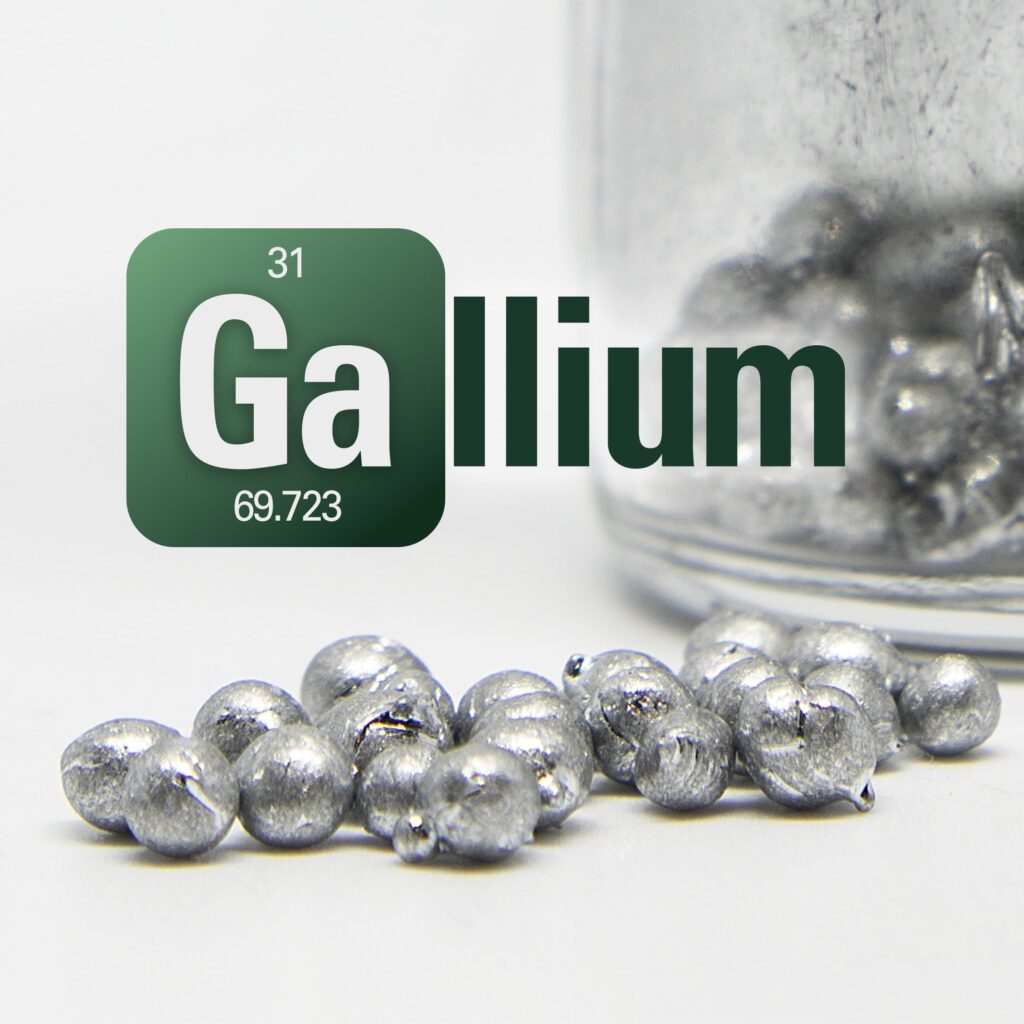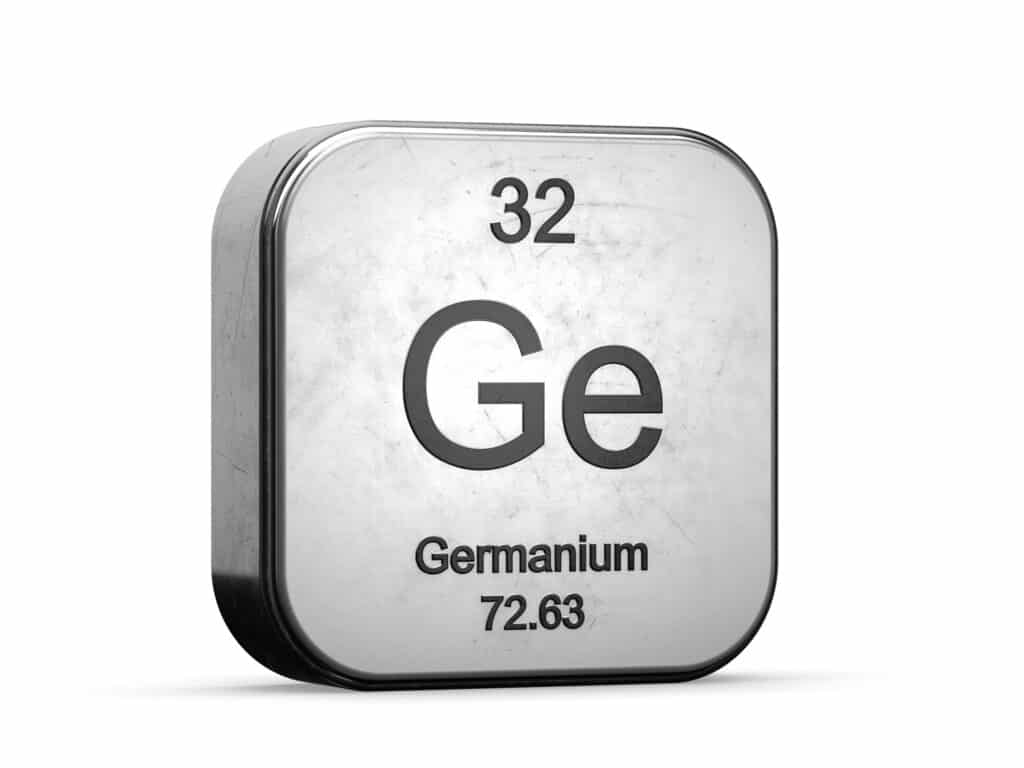This is one of those really annoying – but unfortunately true – things about investing knowledge. Not everything we know, know absolutely, can be traded upon. Sometimes, obviously enough, that’s because we’re barred by law from trading on it. There’s a massive price difference between Polymetal (MCX: POLY) in Moscow and the quote that’s just dying in London (LON: POLY). Trying to trade across it would mean breaching sanctions even if it were possible. And no, the punishments for breaking those sanctions mean it’s just not worth the money. Or, of course, we might have inside information and that’s not worth trading upon either – not only do they punish those who do so they also take the money back.

The tantalum price is obviously going to fall.
But it’s also true that things happen which then have entirely predictable results. Yet there’s no real way of trading those known and obvious result. There’s one in the corner of the metals markets right now. Tantalum’s a lovely metal, used to make capacitors in the electronics industry and also in superalloys. You might recall people shouting about it some years back, Blood in the Mobile and all that. That was all more than a bit misguided as the major source is not actually those slave mines in DR Congo but from lithium mines. In fact, Greenbushes is – probably, still – the world’s largest hard rock lithium mine. Run by Albemarle (NYSE: ALB). But 20 years back it was the world’s largest tantalum mine. The primary product was the tantalum, the lithium just something that came up with it. Which is the little secret about the tantalum market right now of course.
Everyone and their Granny is trying to mine lithium these days, often from those hard rock mines containing spodumene. Which means the co-production of tantalum. But there’s been no increase in demand for capacitors, nor superalloys, even as the supply of tantalum increases. So, obviously, the price is going to go down. The sadness here is that there’s no way to trade that. There are no futures or options on tantalum to there’s no way to go short the metal. There are no primary miners, so we can’t go short their stock either. There’s just no tradeable instrument which is directly associated with tantalum. Therefore, even though we can clearly and obviously predict that the price will fall there’s just no way to trade that knowledge.
The gallium and germanium businesses are obviously going to change
Much the same is true of this new news about China. They’ve decided that gallium and germanium exports must be authorised, licenced and possibly restricted. For those who don’t know they’re both used in electronics and this is all part of the spat between China and the US. So, obviously, there’s going to be more demand for non-China produced gallium and germanium. This will continue off into the future too as the Chinese produce about 80% of the world’s supply of each – in refined form – and everyone would now like to make sure they can get at least some from outside China.
Well, OK, great, so we invest in Ga and Ge producers, right? Except there aren’t any. And unlikely to be any either. Sure, there’s likely to be more production, but not in a form we can invest in. Gallium is a by-product of the alumina process (the halfway stage between the ore, bauxite, and aluminium) and it’s only ever going to be a tiny part of the revenue of the aluminium giants. There are plenty of plants we can add the right little gadget to to get it. But it’ll not be a major revenue source for anyone – so that’s not investable. Germanium comes either as a side product from zinc mining (the major ore there, spharelite, contains some Ge) or it can be extracted from fly ash from coal fired electricity plants (which is what the major Chinese producer does). But again, this isn’t something where there’s an instrument we can invest in. Because any germanium revenue is going to be a tiny part of a coal fired power plant.

There are no Ta, Ga or Ge instruments
Again, there are no futures, no options, no LME, Chicago Mercantile and the like that we can use as proxies. All we can do is know that there’s going to be a move in favour of non-China producers of these two metals. And, well, that’s it.
Very, very, annoying but there it is. There really are times when we know, absolutely, what is about to happen but we simply cannot trade on that knowledge. Simply because there are no instruments which give us access to the price changes that are about to happen.
We are constrained in our trading by what instruments exist as well as by what we know about what is going to happen in the economy. We can’t trade the obvious coming fall in tantalum prices, can’t trade the move to non-China suppliers of Ga and Ge. Sigh. We simply have to trade what we can instead.